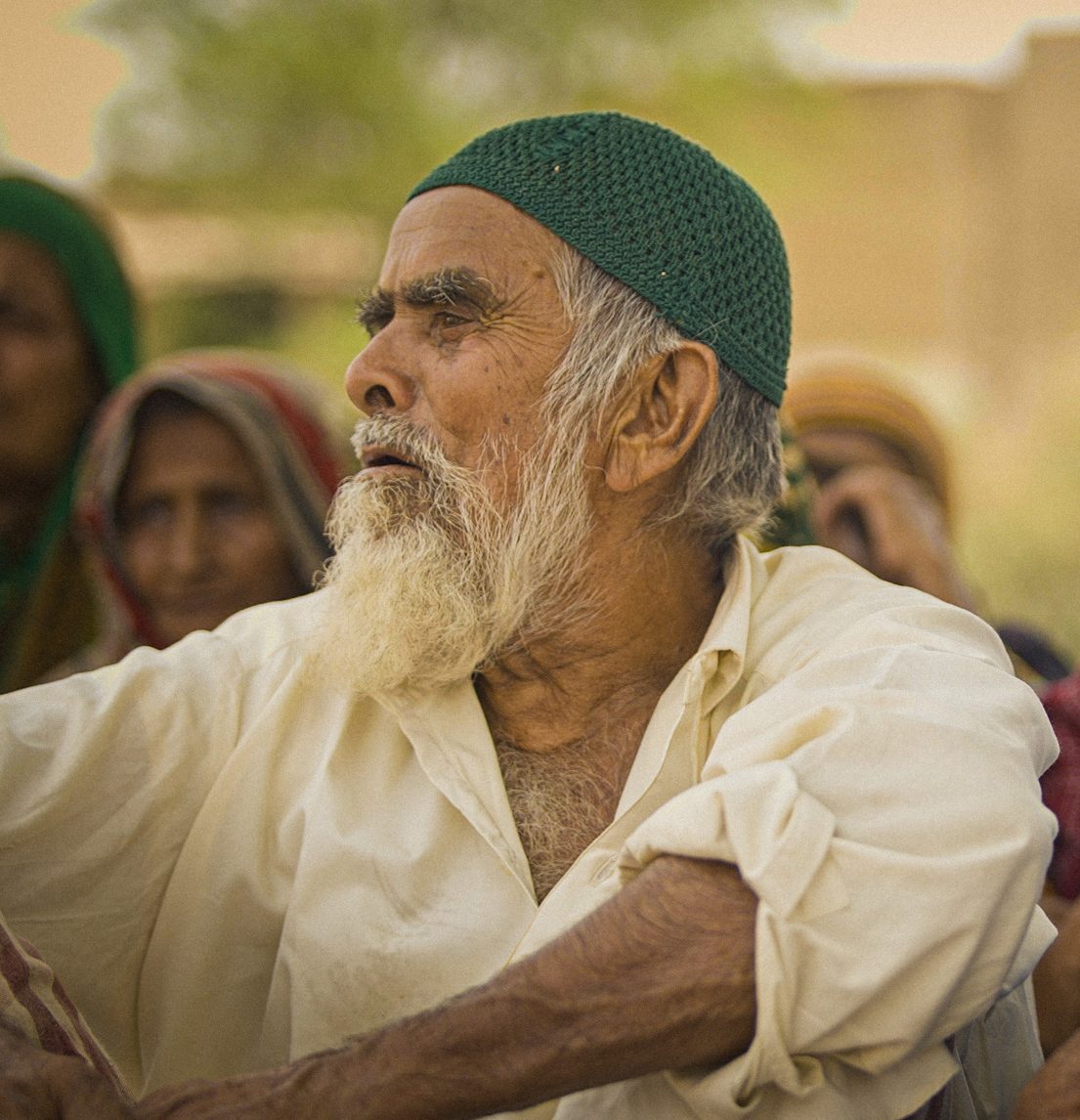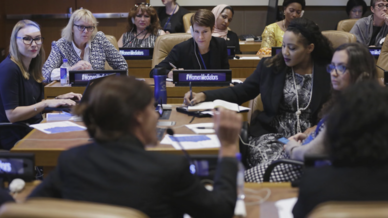Report on Class Action Lawsuit Against the Australian Defence Force Regarding Sexual Misconduct and its Implications for Sustainable Development Goals
1.0 Introduction to the Legal Action
A landmark class action lawsuit has been filed in the Federal Court against the Australian Defence Force (ADF). The suit, initiated by four servicewomen, alleges systemic sexual abuse, harassment, and discrimination. Legal representatives anticipate that thousands of women who served between November 12, 2003, and May 25, 2025, will join the action, highlighting a significant challenge to institutional practices and their alignment with global standards for equality and justice.
2.0 Summary of Allegations
The claims presented by the lead applicants detail severe misconduct that contravenes fundamental principles of a safe and equitable work environment. These allegations include:
- Incidents of physical assault, including being forcibly pinned and groped.
- Waking naked and bruised following events with male officers.
- Exposure to a hostile work environment characterized by sexist comments and inappropriate conversations.
- Unsolicited sharing of pornographic materials.
- Discriminatory statements regarding equal pay for women.
- Unwanted physical contact, including touching and kissing, from colleagues.
3.0 Analysis in the Context of Sustainable Development Goals (SDGs)
The issues raised by this lawsuit are directly relevant to several key United Nations Sustainable Development Goals, indicating a failure to uphold critical international commitments.
- SDG 5: Gender Equality: The allegations represent profound violations of Target 5.1 (end all forms of discrimination against all women and girls) and Target 5.2 (eliminate all forms of violence against all women and girls). The reported culture of harassment and discrimination is a direct barrier to achieving gender equality and empowering women within a major national institution.
- SDG 16: Peace, Justice and Strong Institutions: This legal action underscores the importance of Target 16.3 (promote the rule of law and ensure equal access to justice for all) and Target 16.6 (develop effective, accountable and transparent institutions). The lawsuit seeks accountability and justice for victims, challenging the ADF to reform and build a more inclusive and non-violent institutional framework. The high rate of under-reported assaults suggests a systemic weakness in providing justice and support.
- SDG 8: Decent Work and Economic Growth: The creation of a safe and secure working environment is a core component of Target 8.8. The alleged experiences of the servicewomen demonstrate a failure to protect labour rights and promote a workplace free from violence and harassment, thereby impeding their right to decent work.
4.0 Institutional Response and Broader Context
The Australian Defence Force has issued a response to the allegations while broader reports provide a statistical context for the issue.
- ADF Official Position:
- An ADF spokesperson has stated there is “no place for sexual violence” in the military.
- The organization is reportedly developing a sexual misconduct prevention strategy.
- The ADF has acknowledged that “work to be done” to ensure all personnel have a respected and positive workplace experience.
- Statistical Context:
- A 2024 report on veteran suicide noted approximately 800 reports of sexual assault within the ADF between 2019 and 2024.
- The same report highlighted an estimated under-reporting rate of 60% for sexual assault, indicating the true prevalence of misconduct is substantially higher.
5.0 Conclusion and Systemic Implications
The class action lawsuit against the Australian Defence Force highlights critical failures in ensuring the safety, dignity, and equality of its female personnel. The legal proceedings represent a significant call for institutional accountability and reform. Addressing these systemic issues is not only a legal and ethical imperative but is also essential for the ADF to align its practices with the principles of the Sustainable Development Goals, particularly those concerning gender equality, justice, and decent work. The outcome will have profound implications for institutional integrity and the protection of human rights within the armed forces.
Analysis of SDGs, Targets, and Indicators
1. Which SDGs are addressed or connected to the issues highlighted in the article?
-
SDG 5: Gender Equality
This goal is central to the article, which focuses on sexual abuse, harassment, and discrimination specifically targeting servicewomen. The allegations of “hostile and sexist comments,” unwanted touching, and the statement that “women shouldn’t be paid as much as men” are direct examples of gender-based discrimination and violence that this SDG aims to eliminate.
-
SDG 8: Decent Work and Economic Growth
The article highlights an unsafe and hostile work environment within the Australian Defence Force (ADF). The lawyer’s statement, “The threat of war often isn’t the biggest safety fear for female ADF personnel, it is the threat of sexual violence in their workplace,” directly addresses the failure to provide a safe working environment, which is a key component of decent work.
-
SDG 16: Peace, Justice and Strong Institutions
This goal is relevant as the article discusses a failure within a major state institution (the ADF) to protect its personnel from violence and abuse. The class action lawsuit itself is an attempt to seek justice and hold the institution accountable. The ADF’s acknowledgment that there is “work to be done” and its development of a “sexual misconduct prevention strategy” relate to the goal of building effective and accountable institutions.
2. What specific targets under those SDGs can be identified based on the article’s content?
-
Target 5.1: End all forms of discrimination against all women and girls everywhere.
The alleged comment by a sergeant that “women shouldn’t be paid as much as men because they are not as strong” is a clear instance of gender-based discrimination in the workplace, which this target aims to end.
-
Target 5.2: Eliminate all forms of violence against all women and girls in the public and private spheres.
This is the most directly relevant target. The article is filled with examples of violence against women, including claims of being “forcibly pinned to a wall before being groped,” waking up “naked and bruised after a party with male officers,” and being “grabbed and kissed” against their will. These are all forms of sexual violence that this target seeks to eliminate.
-
Target 8.8: Protect labour rights and promote safe and secure working environments for all workers.
The article describes a workplace where women are subjected to “lewd comments,” “unwanted touching,” and sexual assault. This constitutes a profoundly unsafe and insecure working environment, directly contravening the objective of this target.
-
Target 16.1: Significantly reduce all forms of violence and related death rates everywhere.
The article’s focus on “sexual violence” within the ADF and the mention of “800 reports of sexual assault” between 2019 and 2024 directly relate to the goal of reducing violence.
-
Target 16.3: Promote the rule of law at the national and international levels and ensure equal access to justice for all.
The servicewomen launching a “landmark class action lawsuit” is a direct action to seek legal recourse and access to justice for the alleged abuses, which aligns with the aim of this target.
3. Are there any indicators mentioned or implied in the article that can be used to measure progress towards the identified targets?
-
Indicator for Target 5.2 and 16.1: Number and prevalence of reports of sexual violence.
The article explicitly states that “about 800 reports of sexual assault were made within the ADF between 2019 and 2024.” This figure serves as a direct indicator of the prevalence of sexual violence. Furthermore, the mention of an “estimated under-reporting rate for sexual assault of 60% in the ADF” is a critical qualitative indicator that suggests the actual number of incidents is much higher.
-
Indicator for Target 16.3: Number of legal actions or lawsuits filed seeking justice for violence and discrimination.
The article’s central topic, the “landmark class action lawsuit against the Australian military,” serves as an indicator. The fact that lawyers “expected thousands of women to join the lawsuit” implies a widespread lack of justice through internal channels, prompting a large-scale legal action.
-
Indicator for Target 8.8 and 16: Institutional policies and strategies to prevent misconduct.
The statement that the ADF “was developing a sexual misconduct prevention strategy” is an indicator of an institutional response to create a safer working environment. The effectiveness of this strategy would be a measure of progress.
4. SDGs, Targets and Indicators Table
| SDGs | Targets | Indicators (Mentioned or Implied in the Article) |
|---|---|---|
| SDG 5: Gender Equality |
5.1: End all forms of discrimination against all women.
5.2: Eliminate all forms of violence against women. |
– Prevalence of discriminatory attitudes (e.g., “women shouldn’t be paid as much as men”). – Number of sexual assault reports (800 reports from 2019-2024). – Estimated under-reporting rate of sexual assault (60%). |
| SDG 8: Decent Work and Economic Growth | 8.8: Protect labour rights and promote safe and secure working environments for all workers. |
– Reports of an unsafe work environment due to sexual violence and harassment. – Development of institutional policies (“sexual misconduct prevention strategy”). |
| SDG 16: Peace, Justice and Strong Institutions |
16.1: Significantly reduce all forms of violence.
16.3: Ensure equal access to justice for all. |
– Number of reported violent acts (800 sexual assault reports). – Number of individuals seeking legal recourse (class action lawsuit with potentially thousands of members). |
Source: bbc.com






